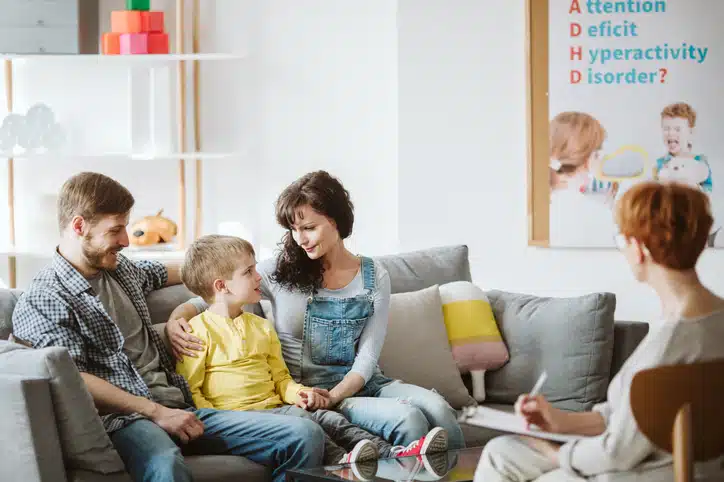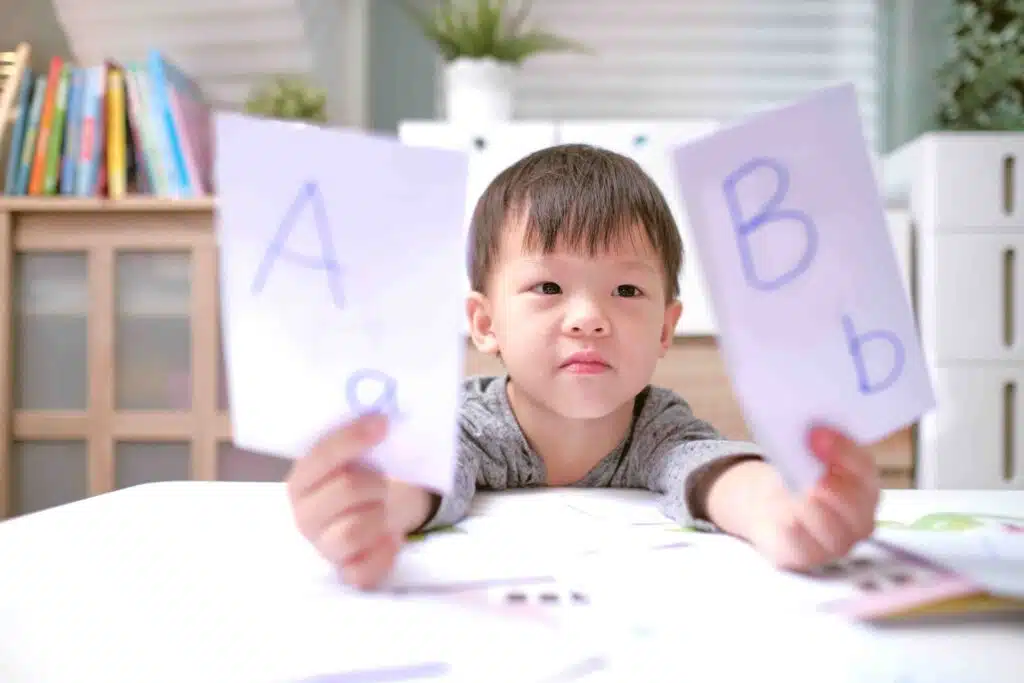Excerpted from When Women Rise: Everyday Practices to Strengthen Your Mind, Body, and Soul by Dr. Michele Kambolis
When we look at the history of women, we have to ask, Why wouldn’t we be struggling with an extraordinarily high level of anxiety, trauma, and stress-related health crisis? Every woman inherits the effects of trauma inflicted on the women who have come before her. If not through epigenetics (a growing area of research supporting the idea that trauma is biologically passed down through generations) then through our shared consciousness.1
Women are actively taught from an early age to walk home at night with a friend for protection. We park near well-lit doorways and clench our keys defensively between our fingers as we make our way to our cars. We hold onto our drinks in pubs and restaurants for fear of being drugged. And we blame ourselves for being too nice when we’re sexually harassed by our boss. We have learned to navigate our lives in fear.
Women in Western society are facing alarming levels of stress and anxiety. The costs to our health, emotional freedom, relationships with our children and partners, and society as a whole are too often overlooked. And when chronic stress becomes severe anxiety, the personal and societal costs of loss of work, hospital visits, unemployment, and impact on relationships can be devastating.2 According to the National Institute of Mental Health in the United States, up to 19 percent of adults in America—that’s 60 million people, or more than the entire population of Canada—have severe levels of anxiety in any given year.3
Envision for a moment a sea of 60 million people before you, all suffering from anxiety. Imagine dividing that sea of people into four equal sections. Include mothers, fathers, uncles, aunts, grandparents of every race, socioeconomic status, gender, educational level, and sexual orientation. Now picture yourself having to choose which of the four groups will be granted treatment. Only one out of four people with clinical levels of anxiety will ever get the help they need.
Now take away a quarter of the men and replace them with women. Women are one-and-a-half times more likely to be affected by anxiety: that’s nearly one in four women.4 The question is, Why? (And remember, this is only clinical levels of anxiety. Imagine the numbers if we included people who fall below that medical threshold but are suffering nonetheless.)
Most literature attributes differences in anxiety between the male and female sexes to biological factors, stressing that hormones and brain chemistry must play a role.5 However, there are also cultural factors at play and women’s lived experience tells its own story. Let’s look at some statistics:
- Globally, one in three women experiences physical or sexual violence in her lifetime.6
- Women who experience intimate partner violence—also referred to as domestic abuse, family violence, and gender-based violence—are twice as likely to suffer from depression or substance use.7
- Approximately 650 million women globally were child brides, married before the age of eighteen. In the past decade, one out of five women was married when she was a child.8
- Women do less paid and more unpaid work than men, working 25 unpaid minutes more per day than men. That may not seem like a lot, but in a 37.5-hour workweek that adds up to four additional weeks of work per year.9
- The gender pay gap in 2018 was 22% worldwide, leaving women earning only 78% of what men are paid.10
- Fewer than one in four parliamentarians worldwide is a woman.11
- Workplace sexual harassment was reported by 40 to 50% of women in the European Union.12
- Over 2.7 billion women lack job security, fair pay, and the same career opportunities as men.13
To compete in a male-dominated world, we do double shift, trying to be all things to all people. Women tell me how exhausted they are as they scramble to keep up, often feeling as though they’re falling short. Single women feel they’ve failed because they haven’t partnered or had children; those who have feel torn between career and mothering. If you belong to an ethnic minority, have a disability, are nonbinary, LGBTQIA+, or living in poverty, there’s an intersection of oppression.
The Black socialist Claudia Jones brought to light in the 1940s and ’50s the triple oppression that exists between classism, sexism, and racism. In her book Women, Race & Class published in 1981, Angela Davis wrote about Claudia Jones and noted that she and other earlier generations of Black thinkers articulated the ideas that would become central to the Black feminist movement in the 1970s. The book was a brave and seminal work by one of the first scholars to open our eyes to the fact that to end oppression we must tackle all its forms at once.14
In Western society, women try to adapt, strengthen, and build resilience to cope, only to be pushed back into an inequitable cultural ecosystem that has us breathing fear. We are led to believe that maternal employment is damaging to children, though studies have disproven this idea. And we struggle to balance work and home life, navigate the emotional minefield of social media, and withstand the pressure to be beautiful, accomplished, and visible. In truth, many women tell me they crave a wiser, more balanced way.
Society’s win-at-all-cost culture of competition has hurt them dearly. Their stressed-out bodies are telling them no more, not one more day of this unsustainable pressure. They are no longer willing to be judged by the standards of healthism—which believes that those who work out regularly, stay slim, and eat right are more worthy—or to see it as the answer to the much bigger social and political problem of chronic stress.
Imagine all these women coming together in an unwavering spirit of compassion and strength. Envision challenging the cultural story we’re told about who women are supposed to be, and instead forging a path of radical authenticity, self-realization, and self-care. Although each of us will have our own path, the cumulative impact is profound. When one heals, the cultural needle moves a little farther and eventually our collective consciousness changes for the better.
Excerpted from When Women Rise: Everyday Practices to Strengthen Your Mind, Body, and Soulby Dr. Michele Kambolis. Copyright © 2021 by Dawn Michele Hucul-Kambolis. Excerpted with permission from Figure 1 Publishing. All rights reserved. No part of this excerpt may be reproduced or reprinted without permission in writing from the publisher.
1. Rachel Yehuda and Amy Lehrner, “Intergenerational Transmission of Trauma Effects: Putative Role of Epigenetic Mechanisms,” World Psychiatry 17, no. 3 (October 2018): 243–57, doi:10.1002/wps.20568.
2. H. B. Simpson et al., Anxiety Disorders: Theory, Research, and Clinical Perspectives (New York City: Columbia University, 2010).
3. “Any Anxiety Disorder,” Mental Health Information: Statistics, National Institute of Mental Health, November 2017, www.nimh.nih.gov/health/statistics/any-anxiety-disorder.shtml.
4. Carmen P. McLean et al., “Gender Differences in Anxiety Disorders: Prevalence, Course of Illness, Comorbidity and Burden of Illness,” Journal of Psychiatric Research 45, no. 8 (August 2011): 1027–35, doi:10.1016/j.jpsychires.2011.03.006.
5. A. P. Borrow and R. J. Handa, “Estrogen Receptors Modulation of Anxiety-Like Behavior,” Vitamins and Hormones 103 (October 2016): 27–52, doi:10.1016/bs.vh.2016.08.004.
6. “Violence against Women: A ‘Global Health Problem of Epidemic Proportions,’” WHO Media Centre, World Health Organization, June 20, 2013, www.who.int/mediacentre/news/releases/2013/violence_against_women_20130620/en/.
7. “Violence against Women: A ‘Global Health Problem of Epidemic Proportions.’”
8. “Child Marriage: Late Trends and Future Prospects,” UNICEF Resources, United Nations International Children’s Emergency Fund, July 2018, data.unicef.org/resources/child-marriage-latest-trends-and-future-prospects/.
9. “The World’s Women 2015: Trends and Statistics,” UN Department of Economic and Social Affairs, United Nations, 2015, unstats.un.org/unsd/gender/downloads/worldswomen2015_report.pdf.
10. “Global Wage Growth Lowest Since 2008, While Women Still Earning 20 Per Cent Less than Men,” ILO Newsroom, International Labour Organization, November 26, 2018, www.ilo.org/moscow/news/WCMS_650551/lang–en/index.htm.
11. “Women in Politics: 2019,” IPU Knowledge, Inter-Parliamentary Union, 2019, www.ipu.org/resources/publications/infographics/2019-03/women-in-politics-2019.
12. “Fast Facts: Statistics on Violence against Women and Girls,” UN Women: Programming Essentials, Monitoring & Evaluation, UN Women, October 31, 2010, www.endvawnow.org/en/articles/299-fast-facts-statistics-on-violence-against-women-and-girls-.html.
13. “Women, Business and the Law 2019: A Decade of Reform,” International Bank for Reconstruction and Development, The World Bank Group, 2019, openknowledge.worldbank.org/bitstream/handle/10986/31327/WBL2019.pdf.
14. Angela Y. Davis, Women, Race & Class (New York City: Random House, Inc., 1981).









